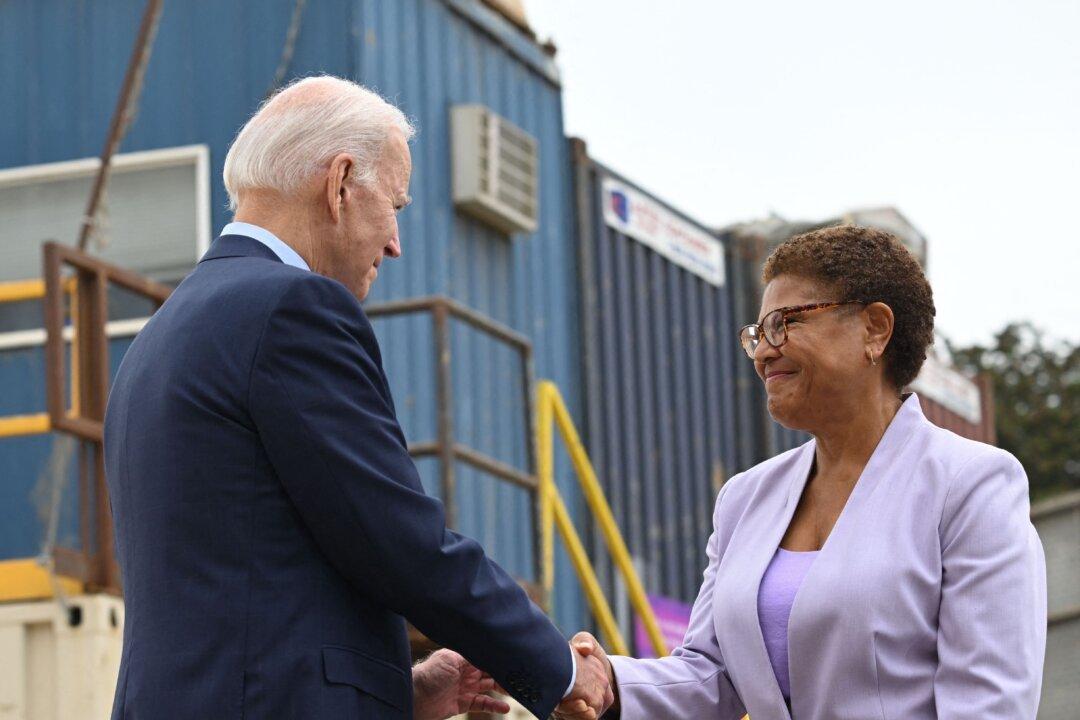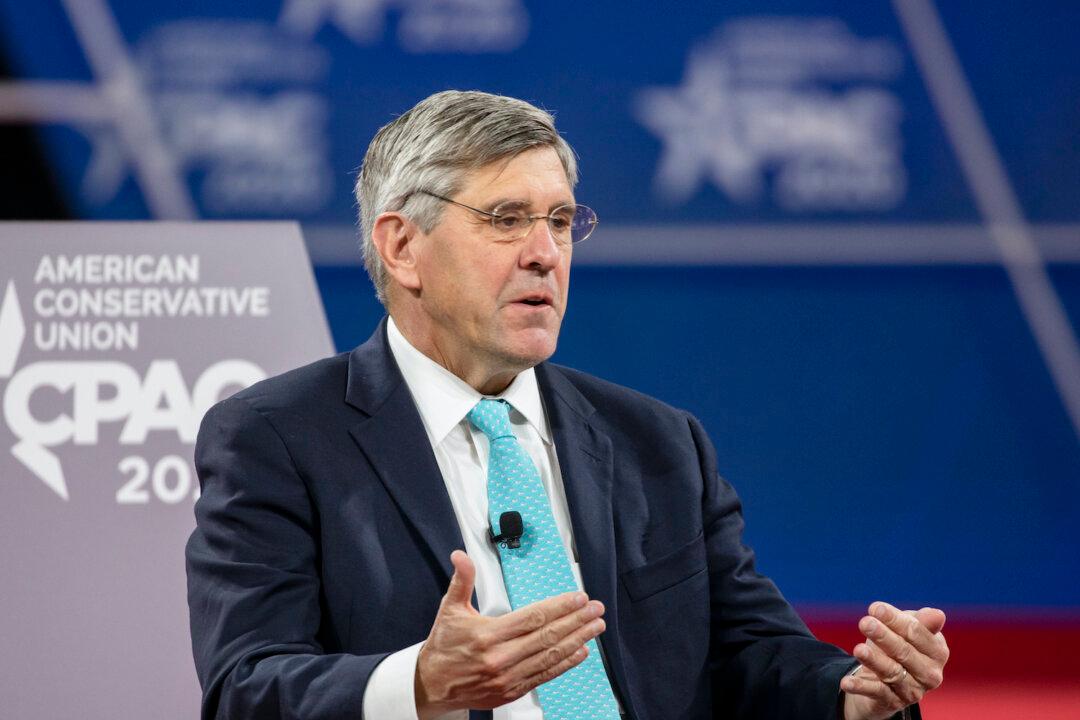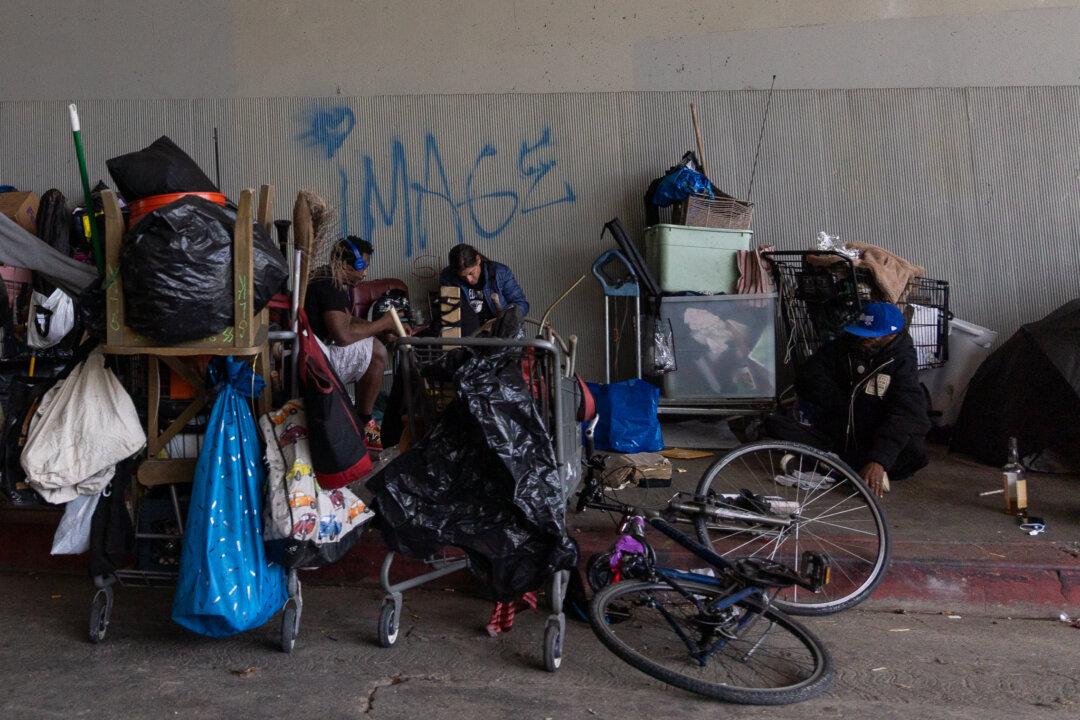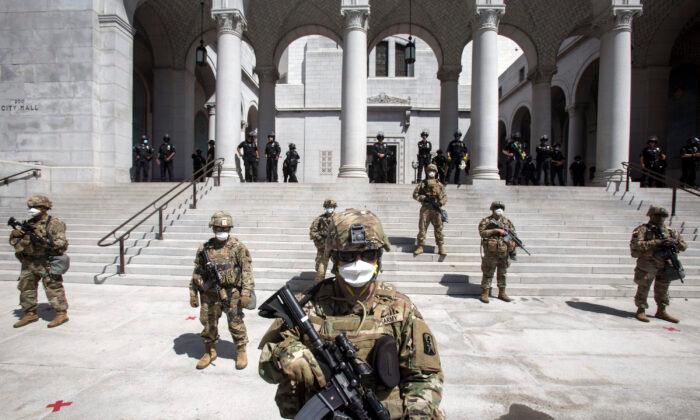Some of the most fun I had growing up was playing violin in the orchestra at my public high school in Michigan. Arts education ought to be the part of every school’s curriculum. But what priority should it get?
Starting with the 2023-24 school year, it would increase funding for arts education by $800 million to $1 billion a year, a boost of about 50 percent. Extra funds would go to schools serving low-income students.
Backers stress taxes would not be raised. Not exactly. The money doesn’t fly down from the moon and hit you in the eye like a big pizza pie. Either the money would be carved out of other spending in the general fund, or taxes eventually would be raised.
I don’t know who came up with the term “ballot-box budgeting,” but it’s been used for decades. It means voters decide how to spend tax money through ballot initiatives. But voters don’t have to balance government budgets, elected officials do. A mandate to spend exists even when revenues drop, as they do every decade or so. Demands then arise, usually met, to increase taxes even higher.
Previous examples include:
Proposition 49 in 2002 was $550 million a year for after-school programs. Arnold Schwarzenegger sponsored this initiative to get experience running a statewide campaign. Like the arts initiative, it was sold as not raising taxes. A year later, he won the election for governor when Gov. Gray Davis was recalled. In 2009, during the Subprime Recession, Schwarzenegger’s pledge never to raise taxes went “Hasta la vista, baby!” To close a massive budget deficit, he signed into law a record, $13 billion tax increase. Part of that paid for the continued Prop. 49 spending.
Billionaire Backers of the Arts Initiative
The new arts initiative effort is headed by Austin Beutner, superintendent of the Los Angeles Unified School District from May 1, 2018 to June 30, 2021.The Audited Financial Report for the fiscal year ending the day he left office showed an unrestricted net deficit of -$16.36 billion. That was an improvement from the -$19.56 billion deficit he inherited. However, he left no plan in place to erase the deficit, which likely will get a lot worse during the next recession. And $16.36 billion still is a large sum. He never solved the problem of unfunded retiree pensions and medical care eventually devouring the budget.
Beutner, a local businessman, contributed $2.95 million to the initiative campaign.
- Steve Ballmer, former Microsoft CEO, current owner of the Clippers NBA team. According to the Bloomberg Billionaires Index, he’s currently worth $99.4 billion. He contributed $1.5 million to the initiative campaign.
- Dr. Dre, the rapper. He’s worth $820 million and could fund programs at several schools. (Although the students probably already know all the profanities he uses in his lyrics.)
- Lucian Grainge, chairman and CEO of the Universal Music Group. UMG has a market capitalization of $42 billion.
- Sylvester Stallone, the “Rocky” and “Rambo” actor. He’s worth $400 million.
- Mike Knoblauch, president, music and publishing, NBC Universal. The company’s market capitalization is $44 billion.
Why Don’t They Fund It?
Why don’t all these rich folks and corporations fund arts education themselves? Ballmer personally could fund the spending in this initiative for the next century. The other persons and companies, along with other backers including actors Jeff Bridges and Jason Alexander, could pool their resources for a similar funding project. The celebrity endorsements make this what I call a “boutique initiative.” It makes the celebrities all giddy inside thinking they’re going something great.Unless a recession hits hard and evaporates state and local budget surpluses, worrying voters, this initiative likely will pass. What’s really needed is an initiative that zeroes out all past ballot-box budgeting initiatives. I criticize the state legislature dozens of times a year, but they actually do have to craft a budget, weighing all spending against revenues. Irresponsible celebrities do not.






Friends Read Free